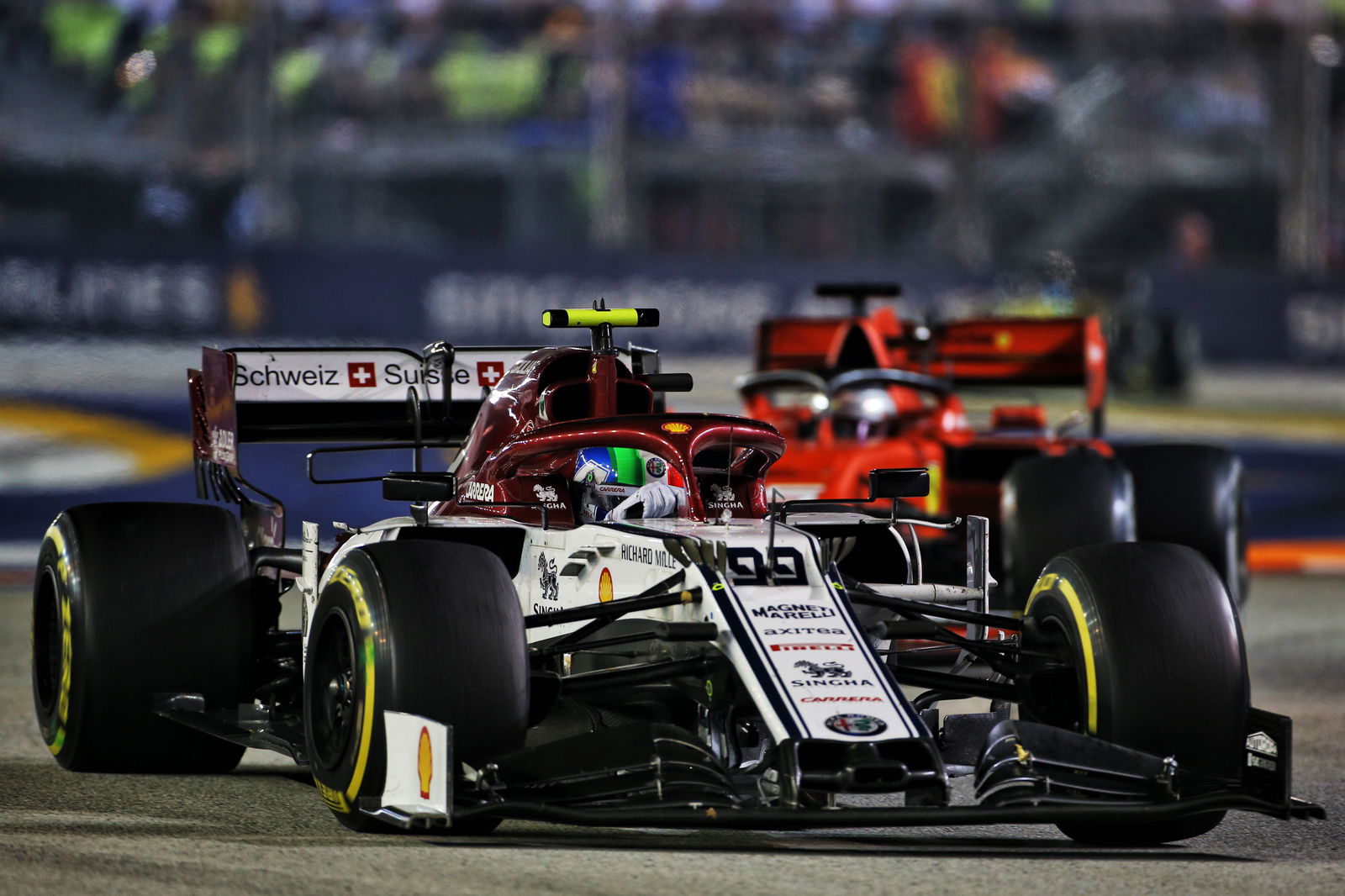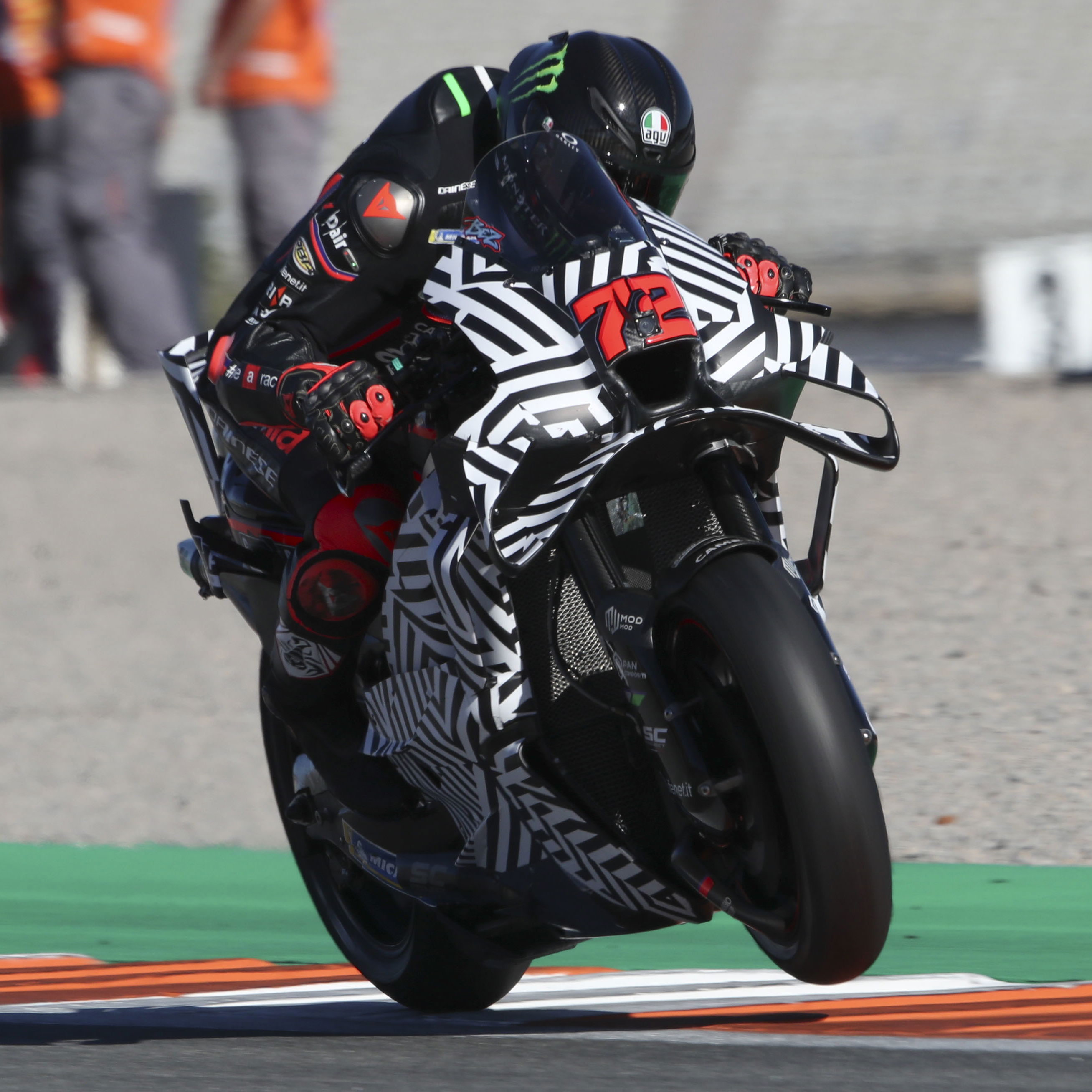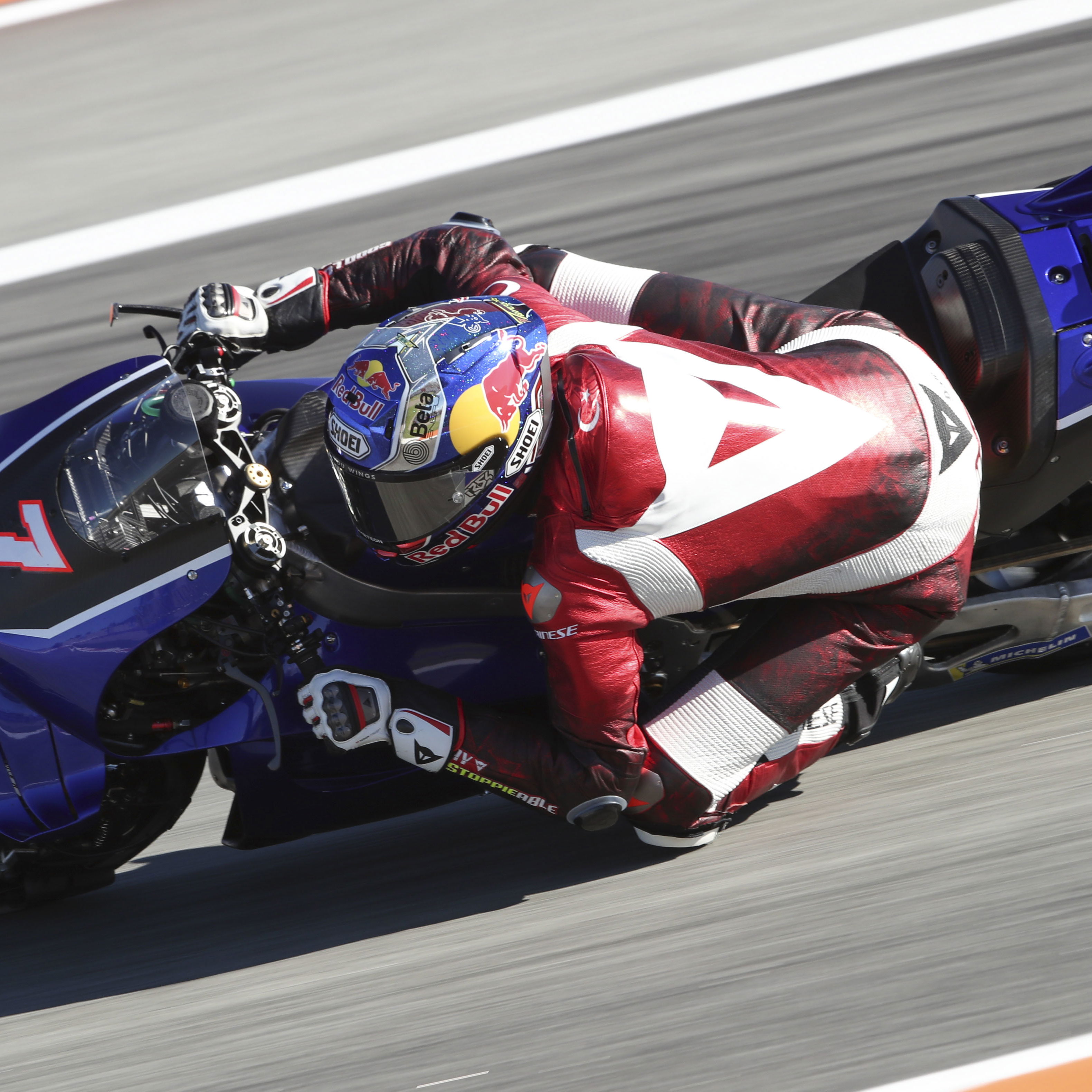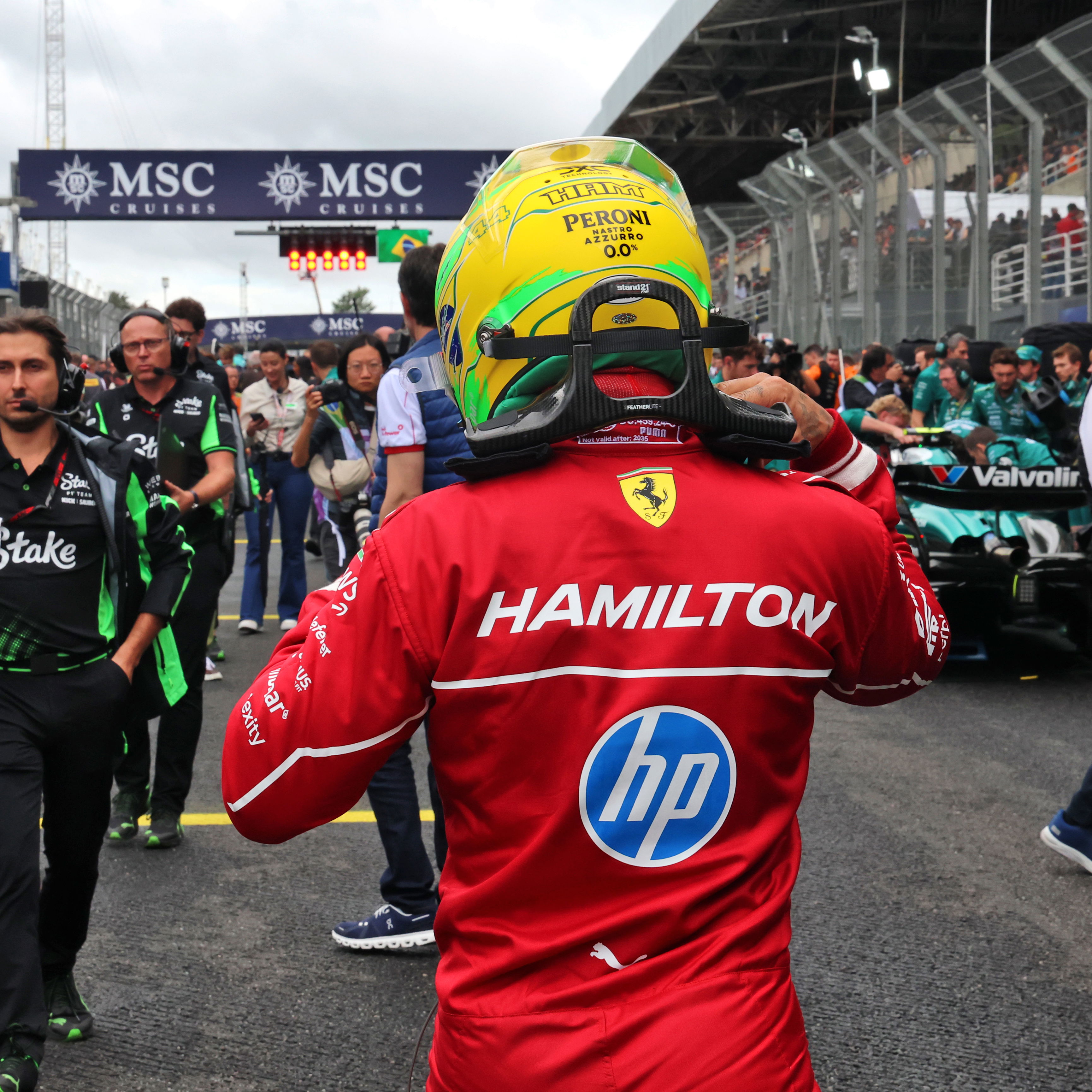Singapore declared first-ever ‘heat hazard’ race - what does it mean?
A heat hazard has been declared for this weekend's Singapore Grand Prix.
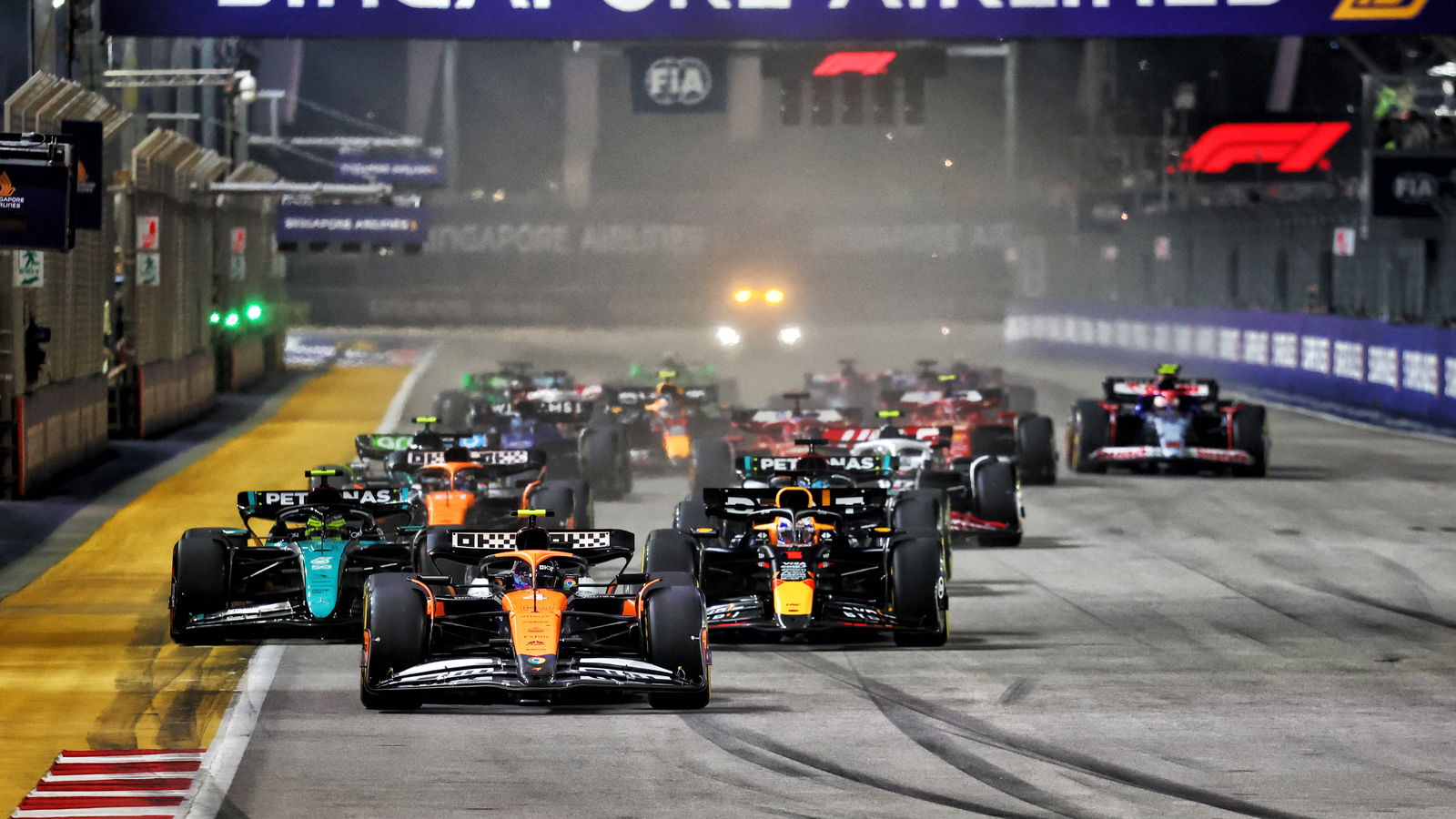
A heat hazard warning has been declared for this weekend’s Singapore Grand Prix.
For the first time in F1 history, governing body the FIA has issued a heat hazard, with conditions expected to exceed 31°C this weekend in Singapore.
As part of a new rule introduced for this season, if a weather forecast predicts temperatures of 31°C or above, teams will be notified by the FIA of the declaration and will be required to fit a mandated driver cooling system.
The new cooling system involves a series of measures aimed at reducing the temperature in the cockpit, including wearing a cooling vest system, which features a cooled liquid that is pumped around a series of tubes. It also includes a pump, plumbing and a thermal store to generate the cooling.
This change came as a result of extreme conditions during the 2023 Qatar Grand Prix which resulted in several drivers seeking medical attention after the race, with Esteban Ocon revealing he had vomited in his helmet.
At last year’s Singapore Grand Prix, both Lewis Hamilton and George Russell were pulled from Mercedes media duties after suffering “borderline heatstroke” in the searing conditions.
F1 drivers face major decision
Following the heat hazard declaration, the drivers now face a crucial decision because the cooling vest element of the system is voluntary, rather than mandatory.
This was because some drivers raised concerns about complications of fitting the cooling vest and possible restrictions within the tight confines of the cockpit.
As such, drivers are free to choose whether to use the vest or not. Those who decide against it will have to carry extra ballast.
Article 26.19 of the FIA sporting regulations states: “Any driver may elect not to wear any items of personal equipment that form part of the driver cooling system.
“In such circumstance, all other components, including any cooling medium, of the Driver Cooling System must be fitted.
“In addition, the difference in mass between the driver’s personal equipment normally used and any items of a driver’s personal equipment that form part of the system must be compensated by the fitting of 0.5kg of ballast in the cockpit, such ballast designated for this purpose will be included in sum of masses described in Article 4.7b of the Technical Regulations.”
Russell gave the innovation a debut run during this year’s Bahrain Grand Prix.
“It's good. What’s great to see is that us as a team, we are trying to push these boundaries and be ahead of the curve,” he said.
"It was definitely very noticeable when I turned on the cool water. I think at the start of the race, it was about 16C pumping around my body, which feels quite nice when you're in a cockpit that's 50C-plus.
“Of course there's always room to improve. But for us as a team, they've been putting in so much hard work and had the confidence that the system would work that I wanted to give it a whirl. So far, so good.”

